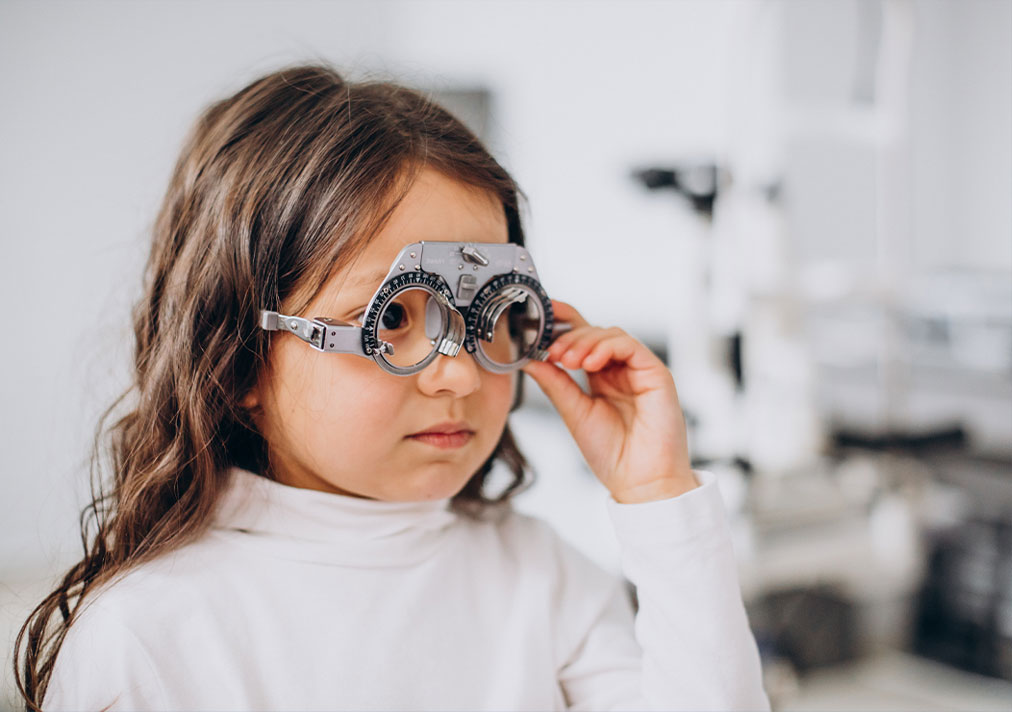Dry eye disease (DED), also termed as keratoconjunctivitis sicca is a substantial burden on India’s health care system and one of the most common reasons for patients to visit optometrists and ophthalmologists. Dry eye disease is classified into two types: aqueous deficiency and evaporative, and in both cases, the eyes are barely able to produce adequate tears to appropriately moisten the eyes. New studies reveal that chronic dry eye has two primary causes: lowered tear secretion by the lacrimal (tear-producing) glands and tear loss due to excessive evaporation. Dry eyes can end up causing ocular surface distress, which is commonly validated by symptoms such as dryness, burning, a sandy & gritting sensation, itchiness, visual fatigue, eyestrain, and blurred sight. The signs can be disabling depending on the magnitude, and the disorder hinders a person’s well-being and workplace efficiency.
Causes and Risk Factors
Dry eye disease is attributed to a combination of factors. The female gender represents the most percentage falling in the risk category, with women having nearly double the occurrence of men. Risk factors change with the seasons as well. Dry eyes can be exacerbated by sweltering summer conditions, as well as prolonged use of air conditioning units, heaters, and electric fans, which discharge moisture from the air. Folks who work in dry environments, such as airplane pilots and flight attendants, may be more susceptible to dry eyes. Peak summer weather conditions and humidity can also raise the odds of dehydration. Dehydration reduces the amount of water accessible for tear formation in the body. Similarly, higher forest fire smoke and air pollutant worsen dry eye symptoms during the summer, especially in individuals who have persistent dry eyes. Additionally, toxins found in swimming pools, such as chlorine, can aggravate the tear film on the eyes, which is unfortunate because most people look forward to beating dry heat in the neighbourhood pools.
Treatments
The treatment of ocular surface disease, including dry eye, has grown in importance in optometric practice. Dry eye treatment begins with an understanding of the factors that predispose the patient to the condition. To understand this, a thorough examination of the patient is required to arrive at the correct treatment. The first line of treatment is to educate patients about their condition. The next step is to encourage the patient to drink more water (at least 6-8 cups per day) and to use a humidifier. In addition, the patient may need to reduce or switch certain medications, such as antihistamines. Mild, non-symptomatic conditions can be treated with hot compresses for 10 minutes per day. Using non-preserved artificial tears frequently and regularly, is highly advised. More importantly, wearing wrap-around glasses or goggles outside to protect against the elements is also strongly recommended.




